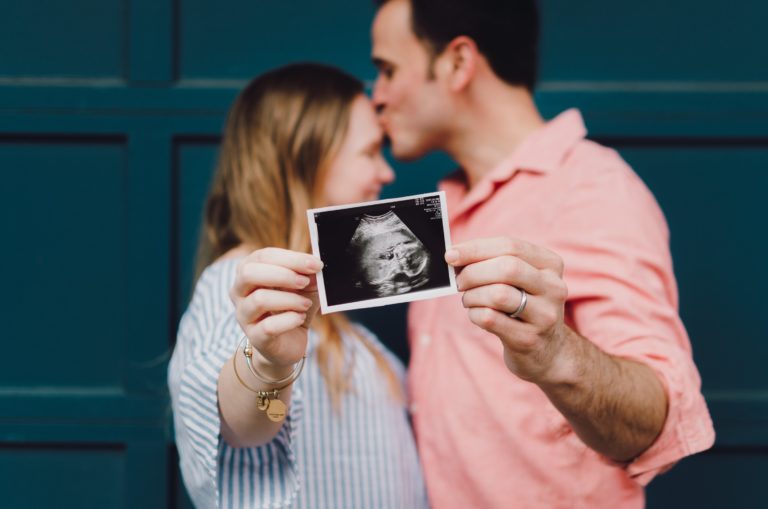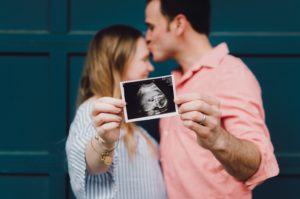
It is believed that mode of birth (Vaginal or Caesarean) has a significant effect on early gut microbiota acquisition and development. Globally, the rate of caesarean birth is consistently increasing as a result of multiple factors. Among these factors are the increase in the overall income and the easy access to health facilities. In 2015, around 29.7 million births happened by caesarean, accounting for about 18% of the births in 169 countries.
In recent study, Busi et al (2021) hypothesized that mode of birth elicits longer-term functional microbiome changes which may impact neonatal health and development. They investigated whether the difference in microbiota composition and it’s impacts on host physiology (specifically, immunogenic properties and their role in conferring antimicrobial resistance) persisted at 1 year. The study included 11 babies delivered by caesarean and 9 babies delivered vaginally. Babies were followed up during their first year of life at 1 month, 6 months and 1 year of age.
Results from this study showed that:
Keywords: Microbiota, mode of birth, Caesarean section birth, Vaginal birth, immune system, antimicrobial resistant.
Reference:
Busi, S.B., de Nies, L., Habier, J. et al. Persistence of birth mode-dependent effects on gut microbiome composition, immune system stimulation and antimicrobial resistance during the first year of life. ISME COMMUN. 1, 8 (2021). https://doi.org/10.1038/s43705-021-00003-5


This website and the information it contains is not intended as a substitute for professional consultation with a qualified practitioner.
© MothersBabies Ltd. View our Terms of Use & Privacy Policy
Search MothersBabies
Looking for something in particular? Find it here using our search query function. Simply type in your keyword and click the icon.
Recent Articles






Join Us